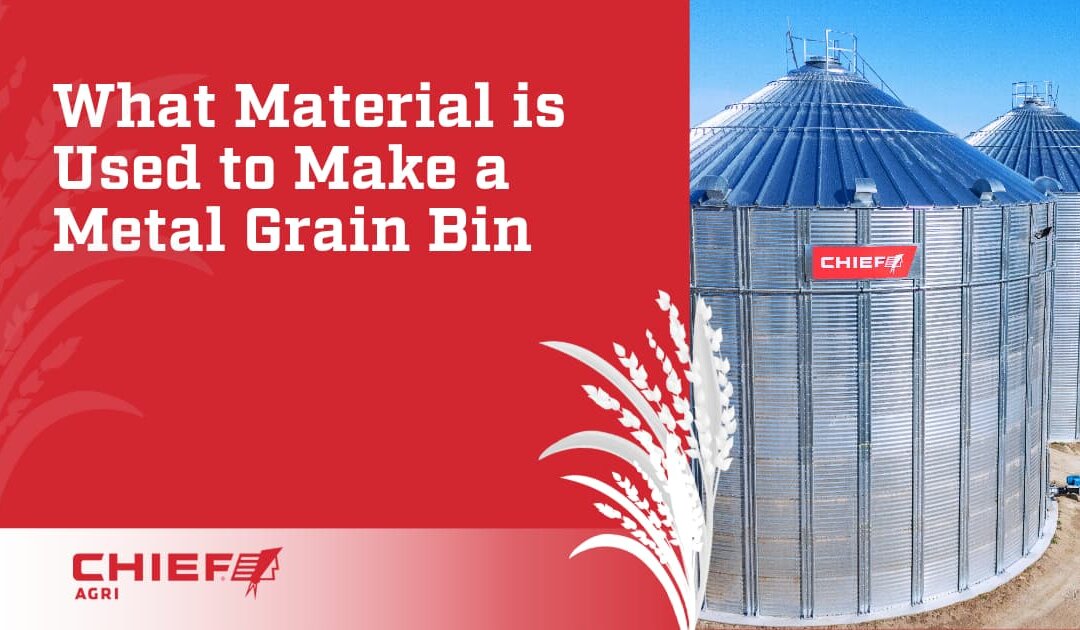Exploring Metal Grain Bin Construction Materials
Efficient and secure grain storage is paramount in agriculture, as farmers invest significant resources in cultivating crops such as corn, wheat, and soybeans, making post-harvest protection a crucial aspect of their operations. This is precisely where the metal grain bin becomes vital, acting as a silent guardian that preserves the quality and quantity of harvested grains while preventing spoilage and deterring pests. Given their critical role, understanding what these bins are made of and why that material choice is so important is essential.
As a leader in cutting-edge grain storage products, including high-quality metal grain bins, Chief Agri understands the critical role that material selection plays in the performance and lifespan of these structures. We’ll discuss the types of metal used in agriculture for grain bin construction, highlighting their unique properties and how they contribute to the overall resilience and extended service life of your storage investment.
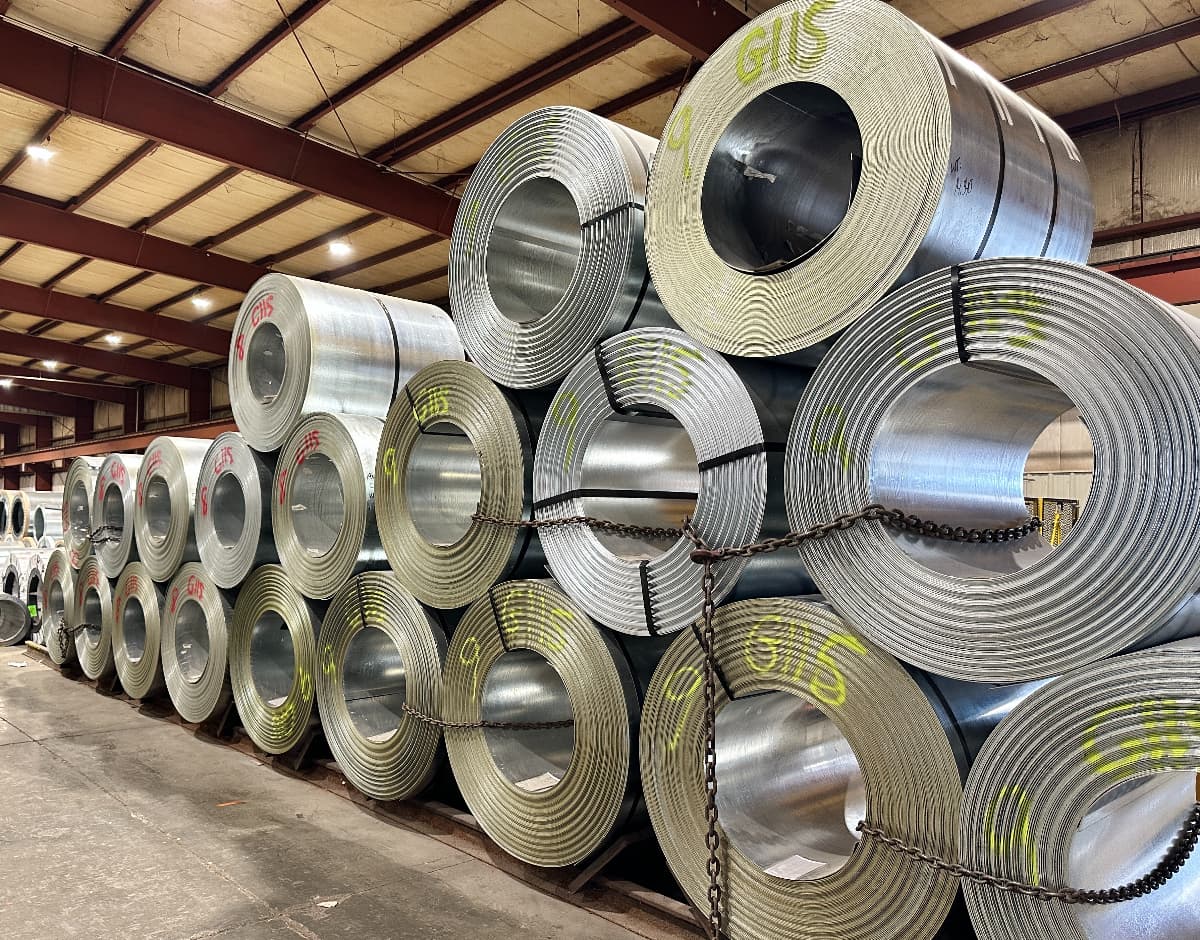
The Primary Material for Grain Bins: Steel Used in Agriculture
When it comes to agricultural storage, steel is the material of choice for grain bins. Its unique combination of properties makes it exceptionally well-suited for the demanding environment of grain storage.
- Durability and Strength: With its incredible tensile strength, steel can withstand the immense pressure of thousands of bushels of stored grain, as well as external elements such as high winds, heavy snow loads, and seismic activity, ensuring the grain bin’s structural integrity for decades.
- Corrosion Resistance: Steel used in agriculture is often treated or coated to resist rust and degradation, which is vital for maintaining the structural integrity of the bin and preventing contamination of the stored grain.
- Pest Control: The solid, non-porous surface of metal grain bins creates a formidable barrier against pests, including insects, rodents, and birds, making it easier to maintain a pest-free environment.
- Moisture Control: Steel bins are designed with precision-engineered seams and sealing techniques that, when combined with proper aeration systems, effectively manage moisture levels by preventing condensation and moisture migration, thereby eliminating primary causes of grain spoilage.
- Longevity and Cost-Effectiveness: Steel’s exceptional longevity and minimal maintenance lead to significant long-term cost savings, with a well-maintained steel grain bin often lasting 40 years or more.
RELATED: The ROI of the Agricultural Investment of Grain Storage

Types of Steel Used in Metal Grain Bin Construction
The specific type of steel and its treatment are crucial for the performance and lifespan of a metal grain bin. Here are the different types of steel that grain bins can be made of.
Galvanized Steel Grain Bins
The most common steel used in agriculture for grain bins is galvanized steel, which offers unmatched protection for stored grain. Galvanization is a process that applies a protective zinc coating to steel or iron, preventing rust by acting as a sacrificial anode that corrodes before the underlying metal.
The thickness of the zinc coating is a key indicator of its performance and durability, with a thicker coating generally providing superior corrosion protection and a longer service life. Standard coating designations include:
- G90: Indicates 0.90 ounces of zinc per square foot of surface area
- G115: Signifies 1.15 ounces per square foot
Galvanized steel grain bins provide enhanced corrosion resistance, extended longevity, and significant cost-effectiveness.
Stainless Steel Grain Bins
Stainless steel is typically used when storing highly corrosive materials or for applications requiring the strictest hygienic standards, such as food-grade storage facilities where absolute purity is essential.
Stainless steel grain bins are incredibly durable and can withstand extreme temperatures and pressures, offering excellent corrosion resistance even in harsh chemical environments, as well as superior hygienic properties due to their smooth, non-porous, and easy-to-clean surface.
The primary drawback of stainless steel is its significantly higher cost compared to galvanized steel.
Uncoated Steel
Uncoated steel is used for high-strength structural components in grain bin construction, such as internal supports and ladders, particularly where exposure to elements is controlled or protected by coating, but it’s not typically used for the main sidewall sheets. It’s frequently employed for custom fabrication projects where specific shapes or strengths are needed that aren’t readily available in standard galvanized sheets.
Unlike galvanized or stainless steel, uncoated steel is highly susceptible to rust and corrosion if untreated, and almost always requires additional protective coatings, such as paint or epoxy linings, for use in grain bin environments.
RELATED: Grain 101: Grain Types and Optimal Storage From Chief Agri
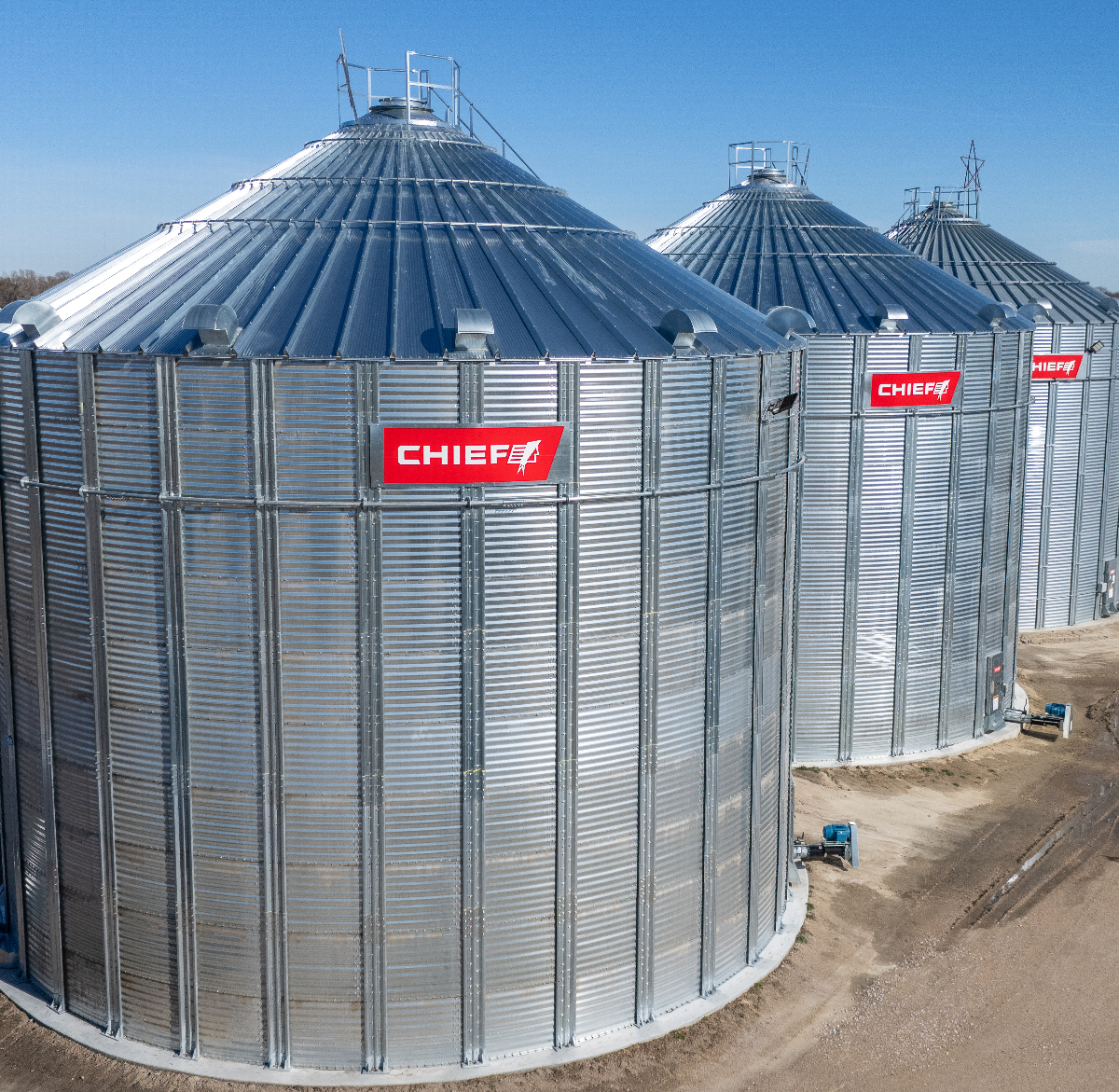
Manufacturing and Construction of Metal Grain Bins
The creation of these massive storage structures is a testament to precision engineering and advanced manufacturing techniques. Understanding the grain bin construction process helps appreciate the strength and integrity of the final product.
How Grain Bins Are Built
Metal grain bins are not typically built from scratch on-site. They rely on a highly efficient process of modular construction, which involves manufacturing prefabricated components, such as sidewall sheets, roof panels, and support structures, at a factory. These components are then transported to the agricultural site and assembled efficiently on-site, ensuring consistent quality, reduced construction time, and minimized labor costs.
Roll-Forming Process
Flat sheets of steel are fed through a series of rollers that progressively shape them into their characteristic corrugated pattern. These corrugations serve not only for aesthetic purposes; they also significantly enhance the sheet’s strength and rigidity, enabling the grain bin to withstand the immense lateral pressure of stored grain.
As the sheets are roll-formed, precise holes are punched for bolts, and the sheets are curved to the exact radius required for the bin’s diameter. This meticulous precision ensures that all components fit together perfectly during assembly.
The accuracy of these dimensions and the quality of the roll-forming process ensure that when the sheets are joined, they form a near-perfect, weather-tight seal, preventing moisture infiltration and safeguarding the grain.
RELATED: Grain Bin Capacity: How Many Bushels Does a Grain Bin Hold?
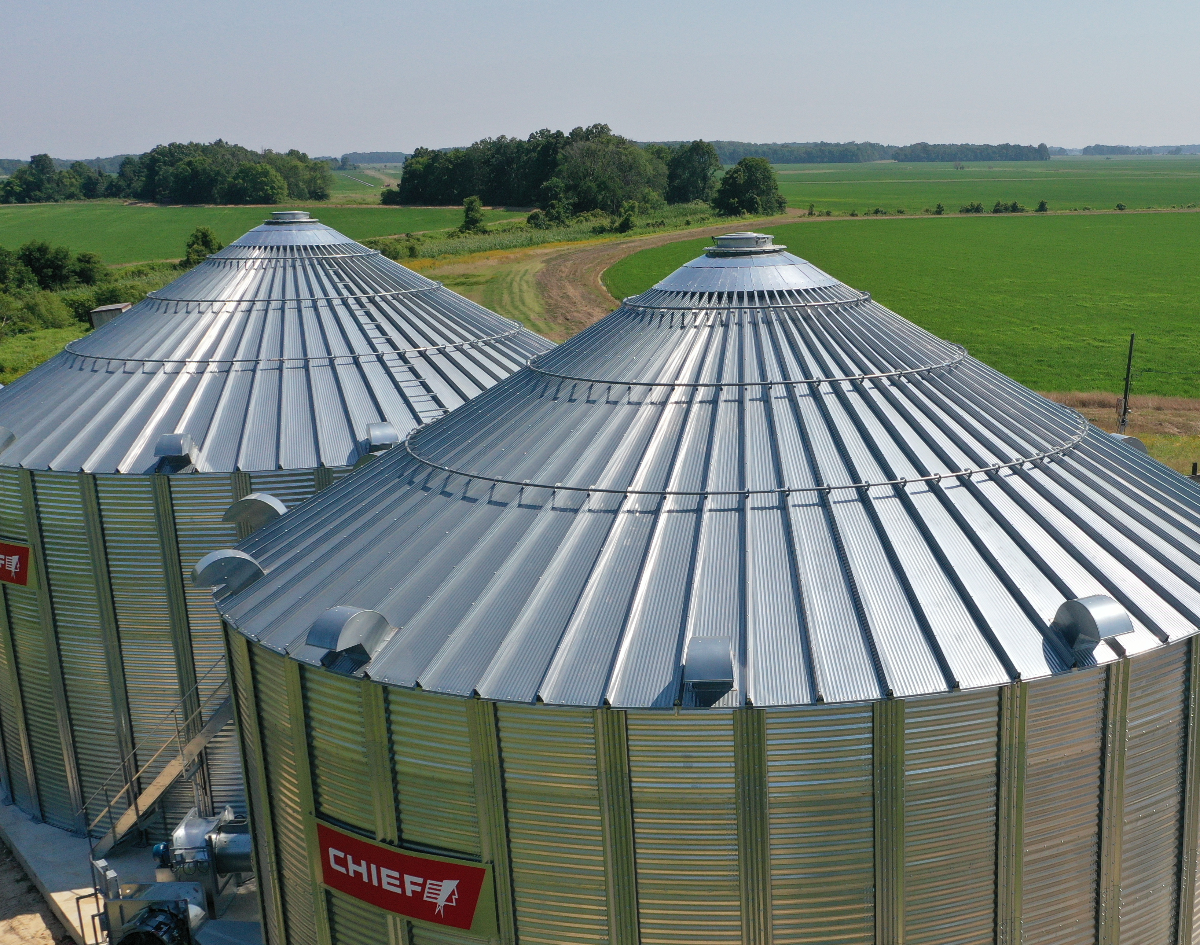
Assembly Techniques
Once the components arrive on-site, specific assembly techniques are used to create a durable and leak-proof structure.
- Bolting and Sealing: High-grade, often galvanized bolts secure the sidewall sheets, while specialized sealants, such as mastic tape or polyurethane caulk, are applied between overlapping sheets and around bolt holes. These sealants create a watertight barrier that prevents leaks and deters pests, ensuring the metal bin’s long-term effectiveness.
- Roof Construction: The roof of a metal grain bin is designed for strength, ventilation, and moisture escape. Typically, they feature a peaked design, often with strategically placed vents or cupolas that allow warm, moist air to escape, preventing condensation buildup inside the bin.

Key Components and Features
Beyond the primary metal structure, several other key components contribute to the functionality and safety of a metal grain bin:
- Sidewall Sheets: As discussed, these corrugated panels form the main body of the bin. On stiffened bins, the sidewall handles horizontal grain pressure only; on unstiffened farm bins, the sidewall supports both vertical and horizontal grain loads.
- Roof: The peaked roof protects the grain from the elements and facilitates ventilation.
- Foundation: A strong, level concrete pad provides a stable base, distributes the immense weight of the stored grain evenly, and prevents the structure from settling or shifting.
- Ladders and Access Points: Grain bins are equipped with exterior and sometimes interior ladders, platforms, and access doors, designed to provide safe entry for inspection, maintenance, and grain management.
- Aeration Systems: Fans and perforated floors enable controlled airflow through the stored grain, maintaining optimal temperature and moisture levels, preventing spoilage, and preserving grain quality.
Discover the grain bin manufacturing process at Chief Agri. Our General Manager, Mark Kjar, walks you through the process from start to finish in this “How It’s Made” video.
Maintaining Your Metal Grain Bin for Longevity
Investing in a high-quality metal grain bin is a significant decision, and proper maintenance is key to maximizing its lifespan and ensuring continued optimal performance. These simple tips go a long way in ensuring your farm or commercial bins stand the test of time.
Regular Inspections
Periodically inspect your bin for any signs of rust, dents, or damage to the sidewall sheets, roof, or foundation. Pay close attention to the integrity of the sealants around bolts and seams.
Cleaning and Aeration
After emptying, thoroughly clean the interior of the bin to remove any remaining grain or debris that could attract pests or lead to mold growth. Ensure your aeration system is functioning correctly and use it as recommended to maintain optimal grain quality during storage.
Addressing Issues Promptly
Don’t delay in repairing any discovered damage—even small breaches can lead to significant moisture infiltration or pest infestations, compromising the quality of your stored grain. Patching rust spots, replacing damaged bolts, or re-sealing seams promptly will prevent further deterioration.
Importance of Proper Sealing
The seals on your grain bin are your first line of defense against moisture, insects, and rodents. Regularly check and repair any cracked, worn, or missing sealant to ensure your grain remains safe and dry.
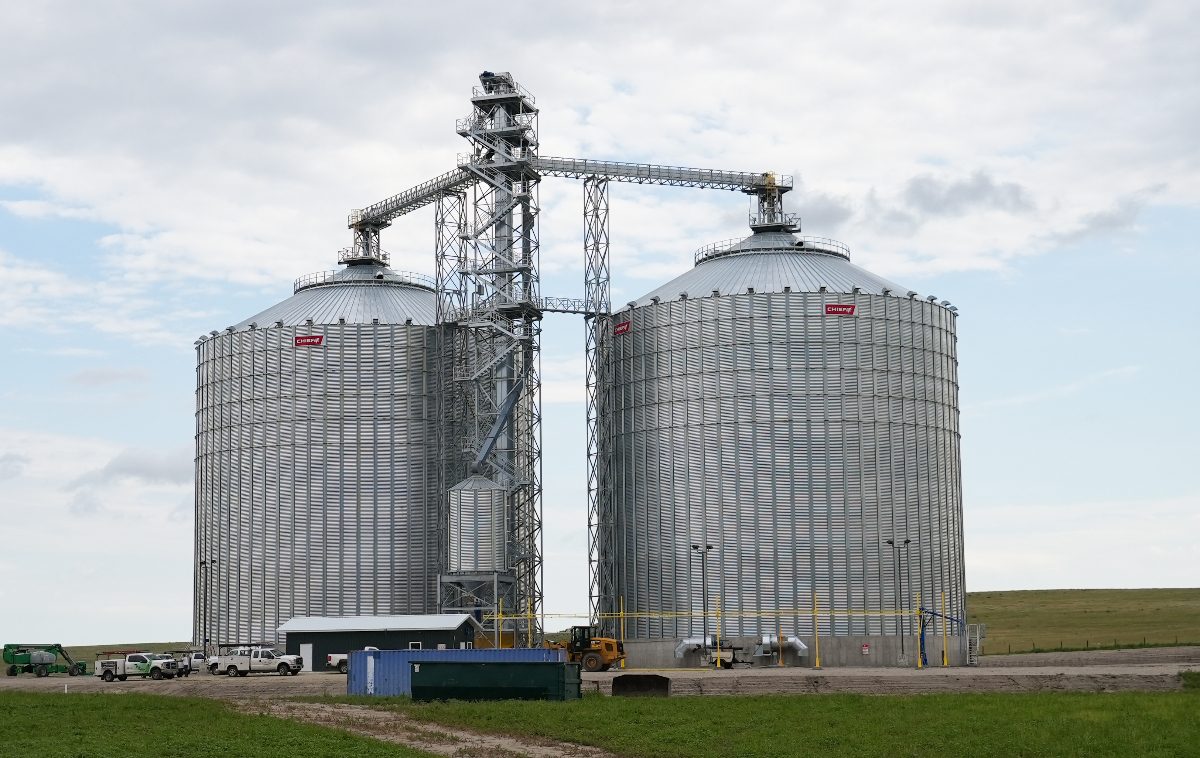
Metal Grain Bins Secure Your Harvest and Your Profits
Investing in metal grain bins is more than just purchasing storage; it’s an investment in the security and profitability of your agricultural operation. These structures safeguard your livelihood, prevent spoilage, and provide peace of mind. As agricultural practices continue to evolve, so too will the agricultural building materials and construction methods; however, the core principles of robust and reliable storage will remain.
Chief Agri is a trusted partner committed to providing high-quality metal grain bins as part of comprehensive and innovative grain storage solutions. Our expertise ensures you get the right storage for your specific needs, built to last and protect your valuable harvest.
We encourage you to contact our sales team today to discuss the right grain bins for your business needs and discover how Chief Agri can help secure your future.

